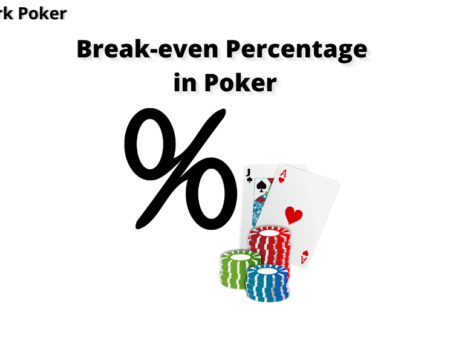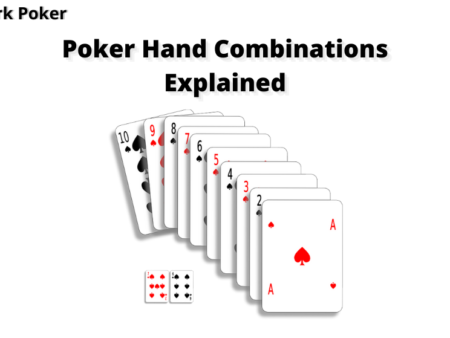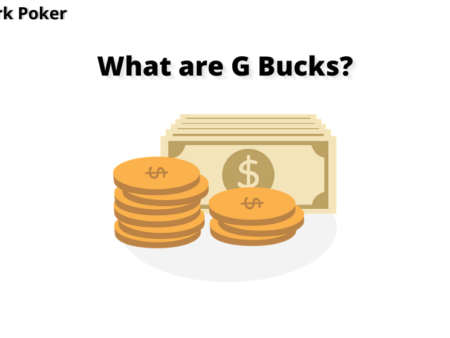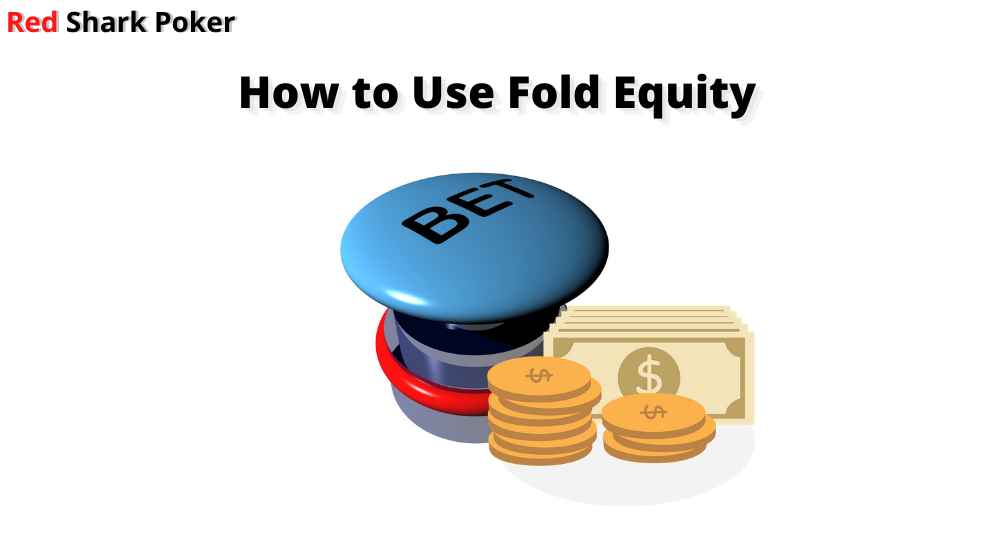
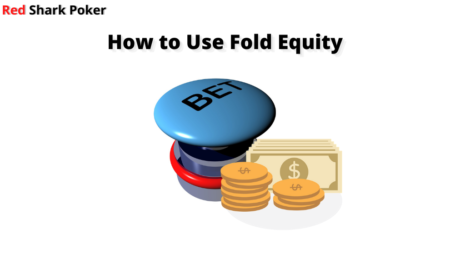
Whenever you enter the pot, you can win in two ways – Going to the showdown with the best hand or forcing your opponents to fold. In order to force your opponent, you must bet, raise or re-raise. Just a check or call will not make your opponent fold.
Bet/Raise/Re-raise = Possibility of Your Opponent Folding
Check/Call = No Possibility of Your Opponent Folding
Forcing your opponent requires a skilful, manipulative craft. You must know how to make your opponent fold, as most of the times you may not connect with the board or have a weaker hand than your opponent. When you are thinking of making your opponent fold, the concept of fold equity in poker comes into play. Use this powerful arsenal of fold equity and beat your opponent even with a weak hand.
What is Fold Equity in Poker?
Fold equity in poker is the likelihood of your opponent folding to your bet or raise. It is the added equity you gain when you believe that there is a possibility of your opponent folding his hand. When you utilize the chance of your opponent folding, you have an extra opportunity to win the pot, irrespective of what hand you hold. Whenever you have an added equity, your total equity is increased.
Total Equity = Your Hand Equity + Fold Equity
You have fold equity in poker on every street – Preflop, Flop, Turn or River.
How to Calculate Fold Equity in Poker?
You need to find an estimate of your opponent’s hand equity before calculating fold equity in poker. The simple formula to calculate fold equity is as follows:
Fold Equity = % of Your Opponent Folding X Opponent’s Hand Equity
Let’s look at an example to calculate fold equity.
You open raise from the button with J♥ 9♥ and a tight-aggressive player 3bets from the big blind. You decide to call. The flop reads 6♣ 7♣ 2♥.
The opponent checks, and it’s your turn to act. From your experience of playing with the opponent, you know that he is a tight-aggressive player who usually 3-bets with only pairs of nines and above and broadways. As it is a very wet board with no high cards, you can deduce that he hasn’t connected with the board. That’s why he checked. You can estimate that he will probably fold around 70% of the time.
% of Your Opponent Folding = 70%
Now, let’s calculate his hand equity using Equilab’s Equity Calculator. If you don’t know how to calculate equity, read this chapter: How to Calculate Equity in Poker?
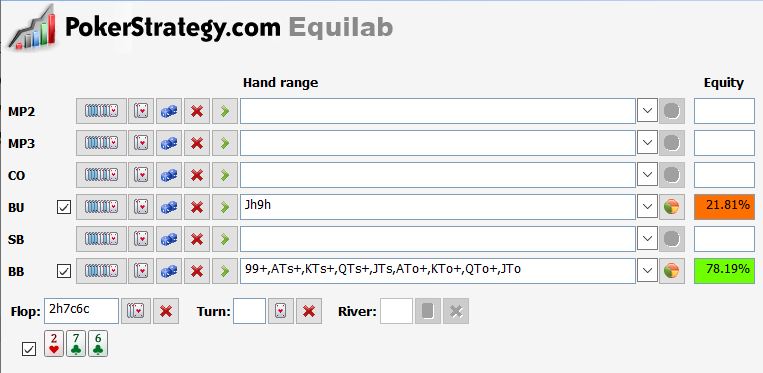
Let’s put the numbers together.
Opponent’s Hand Equity = 78.19%
% of Your Opponent Folding = 70%
Now, let’s calculate the fold equity.
Fold Equity = % of Your Opponent Folding X Opponent’s Hand Equity
= 70 X 78.19
= 5473.3
= 54.7% (Convert it into percentage – 5473.3/100)
So, the fold equity is 54.7%.
As we have seen on Equilab, your hand equity is 21.81%. Let us calculate the total equity.
Total Equity = Your Hand Equity + Fold Equity
= 21.81 + 54.7
= 76.51
So, the total equity is 76.51%. Even though you had only 21.81% hand equity, you gained additional equity of 54.7% by finding out the fold equity. Mathematically speaking, you can raise here and expect your opponent to fold.
How to Find the Percentage of Your Opponent Folding?
This is the most important aspect in finding the fold equity in poker. How will you determine the percentage of your opponent folding? Well, it comes with the history of playing with your opponent. You must play at least a hundred hands with your opponent to know whether your opponent will fold to your bet or raise. You need to know the type of your opponent – Is he a tight or loose player? Is he a passive or aggressive player?
There is no way to find out the exact percentage of your opponent folding. You can only assume through the experience of playing with your opponents. However, if you are using a HUD, you can get a close estimate of this percentage. The important stats to check in a HUD are as follows:
Preflop Stats
You can win the pot uncontested on the preflop if you know these stats:
- Fold to 3-bet%: How many times is the opponent folding to a 3-bet?
- Fold to 4-bet%: How many times is the opponent folding to a 4-bet?
- Fold to Steal%: If the opponent is in the blinds, how many times is the opponent folding to raise?
- Fold to Squeeze: How many times is the opponent folding to preflop bluffs when there has already been a raise with one or more callers?
Flop Stats
You can view these stats to find out fold equity on the flop:
- Fold to Cbet: If you have raised on the preflop, what is the percentage of your opponent folding to your cbet on the flop?
- Fold to Flop Raise: What is the percentage of your opponent folding to your raise on the flop?
Turn Stats
You can view these stats to find out fold equity on the turn:
- Fold to Turn Cbet: If you cbet on the flop, what is the percentage of your opponent folding to your bet on the turn?
- Fold to Turn Raise: What is the percentage of your opponent folding to your raise on the turn?
River Stats
You can view these stats to find out fold equity on the river:
- Fold to River Cbet: If you cbet on the turn, what is the percentage of your opponent folding to your cbet on the river?
- Fold to River Raise: What is the percentage of your opponent folding to your raise on the river?
When to Use Fold Equity in Poker?
When you have the nuts, you obviously don’t want your opponent to fold. So, the only time you want to make your opponent fold is when you are bluffing. There are two types of bluffing – semi-bluffing or pure bluffing. You can use the concept of fold equity in poker while bluffing with draws (semi-bluff) that can complete on the later streets or while making a pure bluff.
Semi-Bluff
You should always have some equity if you decide to bluff. If your opponent calls, your hand can become stronger if any of the outs hit the board on the later streets. This is where the concept of semi-bluff comes into play. Semi-bluffing is betting or raising with a hand which is not the best hand on the current street but has the potentiality of becoming the best on the later streets. The most common examples are betting with a flush draw or a straight draw. If you have not completed your draw, you can bluff and win the pot right away if your opponent folds to your bet. Calculate the fold equity, and if you see that your total equity improves with the fold equity, you can decide to bet. In case your opponent calls, you still have outs that can help you if they hit on the future streets.
Read: How to Sem-Bluff in Poker?
Pure Bluff
If you have zero equity and realize that the fold equity is strong enough, you can opt to make a pure bluff. However, this requires a very good read on your opponent. You need to be confident enough to know that your opponent will fold; otherwise, it can turn out to be a disaster. On a board like 3♣ 4♦ 8♠ 5♥ 5♠, you have almost zero equity with a hand like 7♠ 9♠. If you know that your opponent is a very tight player who plays with only broadways and pairs and expect good fold equity, you can make a pure bluff to represent a straight, trips or a full house.
Factors Affecting Fold Equity in Poker
There are eight fundamental factors that affect fold equity in poker. Go through each of these factors before you bet or raise hoping that your opponent will fold.
Your Table Image
Poker is a game of observation. You observe your opponent, and your opponents observe your playing style as well. So, your table image plays a vital role in determining how likely your opponent will fold to your bet or raise.
Tight Image: If you are playing a tight-aggressive or a tight-passive style, it is easier to force your opponent to fold on dry flops with high cards. You will have high fold equity from your opponent as your table image will help you to capitalize on your bluffs. For example, if you raise with K♦ Q♦ on the preflop from UTG and a loose-passive player calls, you can bluff on a dry flop like A♠ 8♥ 3♦. As you are playing tight, an Ace is well within your range. You can expect your opponent to fold if you bet here.
Loose Image: It is difficult to force your opponent to fold if you are playing a loose-passive or a loose-aggressive style. As you have entered the pot too often, your opponents will not take your bets seriously. Your bluffs might not work, and your opponents will end up calling your bet or raise.
Your Position
Your position plays an important role along with your table image. If you are raising from out of position, it will imply that you have a stronger range than your opponent. In the above example, if you bet from out of position with K♦ Q♦ on a flop like A♠ 8♥ 3♦, you are more likely to execute a successful bluff. When you are in a late position, you can enter the pot with a wider range of hands. As your range is already wide, you can represent a lot of hands. For example, you can bluff better from the cutoff or button on a flop like 4♠ 5♥ 6♦. You can represent a straight or any pair as these hands are within your wide range from late position.
Number of Opponents
Fold equity is directly related to the number of opponents who enter the pot. If multiple opponents call your preflop bet, it is quite difficult to force all the opponents to fold on a raise on the flop. The fold equity drops drastically, as any of the opponents might call. It is best to apply the concept of fold equity in poker against a single opponent. The math is easier to calculate, and you can be more successful in forcing your opponent to fold in a heads-up battle.
Type of Opponent
Just like your table image, it is important to assess the type of your opponent. Is your opponent playing tight, or is he playing too often?
Against a Tight Opponent: It is easier to force a tight opponent to fold on a wet board with no high cards. If a tight opponent raises on the preflop, you can expect him to have aces, kings, queens and other broadways. If the board reads 5♥ 6♣ 7♠ 2♦, you can easily bluff as it is highly improbable for a tight opponent to have these cards. On a wet board like this, you can expect a good fold equity from a tight opponent.
Against a Loose Opponent: It is comparatively difficult to force a loose opponent to fold, especially if he is a loose-passive player (fish). Such players have a tendency to call any raise, and they are likely to catch your bluff if the board improves for them on later streets. Loose-aggressive players have a tendency to bet more often. If you raise, you will probably be called by them.
Stack Size Comparison
Always compare your stack size with your opponent’s stack. If you have a short stack, it is difficult to make a big-stacked opponent fold, even if you go all-in. For example, if you have a stack of 10 big blinds and your opponent has a stack of 60 big blinds, you won’t have good fold equity from your opponent. If you go all-in, you are most likely to be called. Similarly, if you have a big stack size, say 60 big blinds, and your opponent has a stack of 6 big blinds, your opponent will most likely call, even if you go all-in.
Bet Sizing
A good bet sizing is crucial in determining fold equity in poker. The bet sizing is directly related to the type of opponent you are facing. If you have a good read on your opponent and are confident that he has high fold equity, a small bet can do the job. Tight players usually fold to small to half-pot size bet if the board is not within their range. However, you will need to make a pot-size bet or an over bet for a fish to fold on scary board. Bet sizing depends a lot on the history you have against your opponent. When you don’t play, observe which opponent folds to what type of bet sizing. Experience is the key to understanding how much you need to bet for a particular opponent to fold.
Most Importantly – Is Your Story Believable?
Bluffing is like lying to someone. You may not like the analogy, but it is the truth. You know that you are lying but your opponent doesn’t know yet that you are lying. Your lie needs to make sense for someone to believe it. You need to get your story right in poker for your opponent to fold to your bet. Your bet or raise should be telling a consistent story as the board continues to unfold. For example, checking on all streets and suddenly raising on the river doesn’t add up to your story. Similarly, raising on a board that doesn’t represent your range according to your position also doesn’t make your story believable.
Read: Detailed Chapter on How to Bluff in Poker
Conclusion
Fold equity in poker can be a very powerful arsenal that you can use to beat a hand stronger than yours. You need to observe your opponents well and have a good read on how likely they are going to fold to your bet. Fold equity adds additional value to your equity, which can help you to win the pot right away. Don’t always play straightforward poker, be a tricky player who knows how to use fold equity to make successful bluffs!
Also Read: How to Use Break Even Percentage in Poker While Bluffing?

